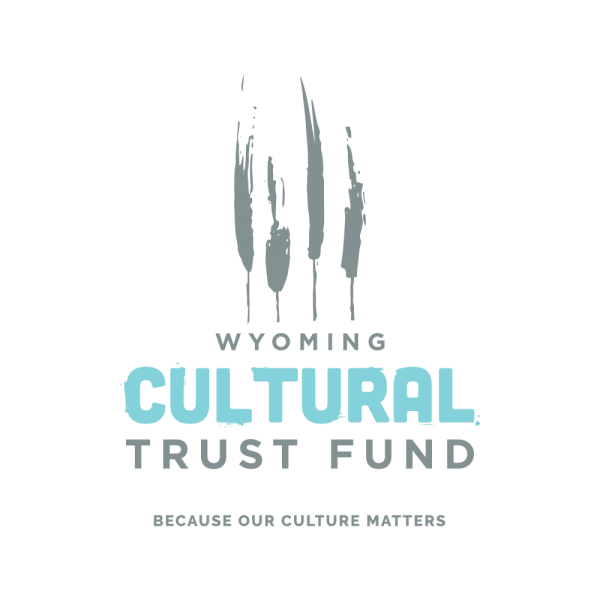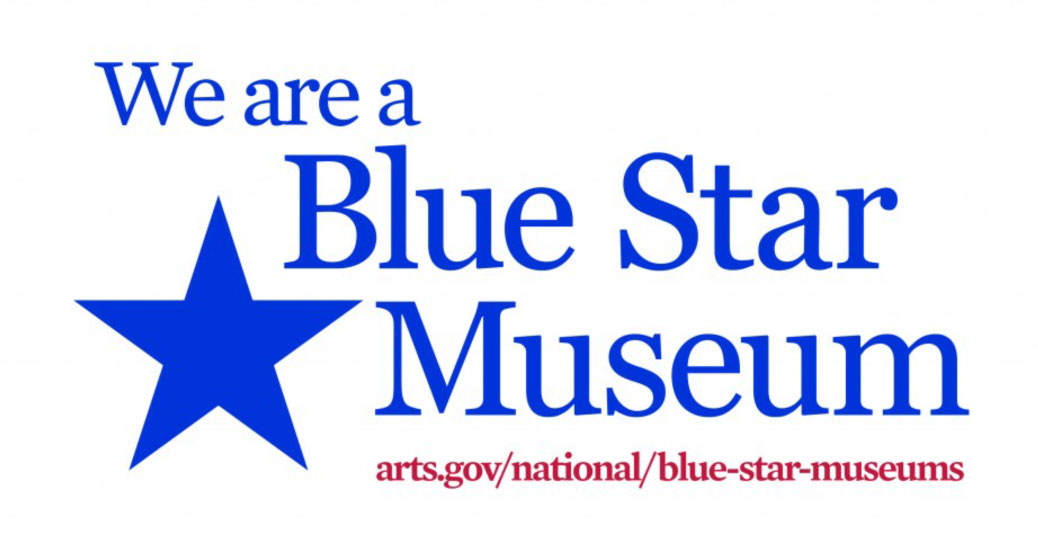Constructed in 1909, the native sandstone and limestone blocks of the front entrance have been damaged by weather and water. This ongoing issue is causing cracking of the stone blocks, shifting between the stones and the concrete apron, water migration into the basement, and surface loss around the whole building. Help us preserve this beautiful and historic building by donating to the Carnegie Building fund.
What’s it going to cost?
The museum operational budget is partially provided by the Johnson County Commissioners and the rest is brought in through museum store sales, grants, admissions, and donations. Holding around $350,000 annually, the yearly budget does not have the capacity to fund a large project such as this. With a stonemason lined up to do the work, the Carnegie building fund needs to reach around $600,000 in order to complete all of the necessary repairs. However; instead of waiting even longer to acquire the full amount we decided to conduct fundraising and repair work in phases – tackling the highest priority pieces first. Phase one includes the front steps, south column, and stonework beneath that column as this area suffered from the elements the most with water and ice continuously wearing away at the stones.
How will this be accomplished?
A true community effort will see this through! We are quite optimistic because we know that the community of individuals who support the Jim Gatchell Memorial Museum have and can do great things. In 2022 and 2023, the Johnson County Commissioners set aside $200,000 to go towards Phase One, and will help us plan over the next few years.
We had an amazing $30,000 matching donation opportunity running over the course of the 2023 summer season and it was super successful! Every donation made to the Carnegie Building fund during this time was matched by an anonymous supporter, up to $30,000 – meaning we received $60,000. What an opportunity!
Did you miss the opportunity to participate in the matching fundraiser but you still want to help? You can continue to donate specifically to this project by clicking here!
Honor Roll
A huge thank you to the following individuals and organizations who have supported this effort:
Karen and Tim Blaney, Ralph and Janet Johnson, Cynthia and Don Twing, Lissa and Bill Omohundro, Lolly’s Sugar Shack, Barbara Peterson, Margaret Smith, Margaret Foss, Lynn and Shawn Young, Ileta Neustel, Shirley Bright, Margo Mader, Mitch Matuska, Starr Bruno Zabel, Sagewood Gifts and Café, James Shell, Mary Gammon, Mitch and Suzi Black, Ronald Jacobson, Linda & Fred Matthews, Dusty Daniels, Allison Bodan, Joanne Freidel, The Longmire Foundation, Lynn Young, Norah Bryant, Theo Hirshfeld, Helen Glenn, Richard Carlson, Edith Taffner, Tim Stutzman, Steve & Margie Romanoski, Susan Markley, Terri Light, Amy Pierson, Rex & Karen Harvey, Carissa Stimpfel, Bonnie Aksamit, Dakota Owens, Cora Beydler, Tom & Terry Corcoran, Adam Ayers, Emily Mims, Shirley Moon, Christine Newcomer Crain, Derek & Nancy Long, Charles Blake, Gary & Bonnie Anderson, Rhonda Smith, Amy Wright, Karen Walker, Moriah Love, Terry Brooks, Photos by JOhn Photography Studio, Carolyn Bregman, Mary Plank, Sharon Miller, Bud Alley, Lewis Shepherd, Lettie and David Harrald, Michael and Cheryl Madden, Dick and Kathryn Reimann, Becky Cummings, Chloe Stine, Kelsey McDonnell, Chanda Rule, Lois Petersen, Susan Gray, David and Sandra Todd, Jeffrey Cope, Clare Eastes, Connie Norton, the Georgia Kinne – Dozier Tabb Family Trust, multiple anonymous donors, the Wyoming Community Foundation, the Wyoming Cultural Trust Fund, the Johnson County residents and commissioners, and the Nickerson Family Foundation in honor of Harry Olson.

Got Questions?
We LOVE to share about the museum, the Carnegie Building, and everything that goes with. Drop us a line at director@jimgatchell.com with any questions. Be sure to check out our social media pages on Facebook and Instagram (links at top of page), and best yet–stop by the museum!
Phase One update:
Some Carnegie History
Wyoming was once home to 16 Carnegie libraries but as years passed and communities changed, many of these beautiful structures were demolished or repurposed. Buffalo’s was abandoned as the library in the 1980s (when the Johnson County Library moved to its current location on North Adams) but was quickly given over to the Jim Gatchell Memorial Museum by the County Commissioners at that time. We are forever grateful for their actions as it preserved a pivotal piece of Buffalo’s history and provided office and store spaces for the museum.
The Carnegie Building was listed on the National Register of Historic Places in 1976.
“The Johnson County Library Building is a fine example of the Neoclassical style of architecture. Among the structural details which should be noted are the quoins of contrasting color and the cut-stone lintels. Another interesting feature is the stucco in the gable on the east facade.
On January 28, 1909, the local newspaper of Buffalo reported that Judge Parmalee had returned from visiting libraries in Cheyenne and Laramie, Wyoming. He said that Andrew Carnegie had agreed to provide $12,500 for erection of a library building in Buffalo, if the County would furnish the site and $1,250 a year for maintenance. Citizens of Johnson County agreed, and a portion of the Courthouse grounds was donated by the County Commissioners upon which to build the library.
At the turn of the century there was no cement in Johnson County and no economical way to freight it in to Buffalo. A few miles south at the foot of the Big Horn range was a good supply of limestone which could be fired in large kilns and refined into lime, a process taking about 72 hours. This was hauled to Buffalo and used in mortar and for making whitewash, and was essential for construction of many public buildings and homes in the area. Architecture in a remote settlement such as Buffalo had to make use of native materials, and from it there is much to be learned about history, the style of an age, economic health of a community, and the interest of the people who were responsible for the public buildings in a time of development. In this particular building we see how important to the early culture was the establishment of a library–probably even more important to the citizens of the new western state than to more heavily populated areas.” The Buffalo Bulletin, January 28, 1909



